A growing number of children are entering sports and fitness programs lacking basic, fundamental movement skills. Once a task for physical education and play, youth sports and fitness coaches must now add the introduction of basic movement skills to their coaching docket.
“But wait a minute. I’m a(n) (insert sport here) coach. My job is to teach kids the skills of (insert sport here), not a bunch of PE stuff!”
…”And I’m a youth strength and conditioning coach. I’m supposed to be helping improve (insert popular performance related metric here) not teaching 6-year-olds how to skip!”
25 years ago, the above statements would be valid. Times have changed. Youth coaches that acknowledge and understand the unique development needs of modern young athletes have an opportunity to create long term high performers.
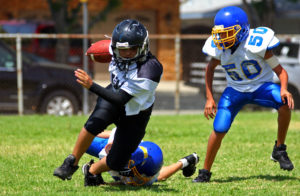
Whether you’re a youth sports or strength and conditioning coach, being able to introduce and develop basic movement skill with your youngest athletes is now a necessary step in giving the tools to be athletic for life.
In my over 20 years of experience as a youth sports/ strength and conditioning coach with athletes as young as 5 years old, I’ve had quite a few successes (and failures) in the realm of skill development. Over the years, curiosity and career-necessity led me to seek the advice of professionals such as physical education teachers and others who specialize in introducing movement skills to kids.
Over time, I sifted through a variety of methods, both practically and academically derived, and developed a step- by -step framework for movement skill introduction that shortened both the frustration and learning curve for my pre-pubertal athletes.
Whether your expertise lies within pitching mechanics or plyometrics, consider how using the following framework for the development of movement (or any other) skills can increase both proficiency and participation with your young athletes.
1. Model the Movement Skill
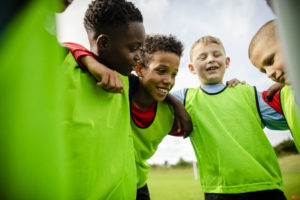 Humans learn in different ways. They can learn from visual, auditory, or kinesthetic feedback. Most children are highly visual in how they process information. Use this as an advantage and introduce skills by modeling, or visually demonstrating how the skill looks when executed.
Humans learn in different ways. They can learn from visual, auditory, or kinesthetic feedback. Most children are highly visual in how they process information. Use this as an advantage and introduce skills by modeling, or visually demonstrating how the skill looks when executed.
Even better, use an adept peer or mature child who can demonstrate the skill correctly. Kids respond best to kids.
2. Allow Attempts
Before implementing an elaborate coaching scheme to “build” the skill (we’ll get to that in a moment), give kids an opportunity to attempt it. When kids see something new, they’re pretty excited to give it a try. Use their curiosity and excitement to let their brains and bodies start to lay the rudimentary pathways necessary to coordinate the new movement.
Kids don’t like feeling inept, so these initial awkward attempts at the movement increase the likelihood that they will be attentive and responsive to coaching. During these initial attempts however, limit coaching cues to 1 or 2 critical pieces of feedback. Provide just enough so they can initiate the basic constructs of the movement.
Pairing children together during these first attempts can actually increase their effort and acuity. Children naturally mirror each other, and they are programmed to keep up with their peers, so higher skilled kids can benefit lower skilled kids when paired together.
3. Static Components of the Skill
Once kids have tried and struggled with a movement, they are now more interested in the process of learning to perform it correctly. The speed and sequence of movement related to a skill can be initially overwhelming for a young neuromuscular system. This overwhelm can be decreased by removing both speed and sequence of movement and holding a static version of a single component of the skill.
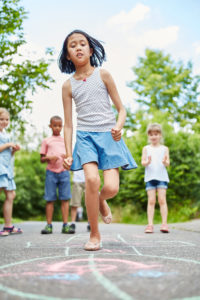
Consider the various movement sequences on both sides of the body necessary for skipping. Coordinating ankle, knee, and hip drive with rhythmic toe-off and contralateral arm movement is daunting for a newbie to the movement. Removing speed and sequence, kids can learn the foundation of the movement in a static position. Whenever possible, performing this type of work in front of a mirror provides a tremendous level of feedback for kids. Kids are often their own best coaches.
With poor strength to weight ratios, actually unweighting a movement using bands suspended above the athlete or bringing them to the ground in a more supported position can be helpful as well. In addition to decreasing the overload of speed and sequence, this decreases the negative impact of gravity that may be a critical barrier to a growing number of children.
4. Controlled Cadence
Once a skill has been broken down into the various static components, it becomes necessary to add speed and sequence back into the equation. As to not overwhelm, coaches can control the cadence of moving from one component of a movement to another.
For example, the static hold of the skip position is first switched from right to left, then into a forward moving march on the coach’s cadence. The coach’s cadence slowly increases to match that of the natural movement. Movement cadence can also be decreased or become variable to improve both body control and proper execution.
Again, when working with groups of children, allowing them to call cadence whenever possible increases both their individual and group buy-in. As a coach, young kids like and respond to you, but nothing beats themselves and their peers.
5. Athlete Autonomy
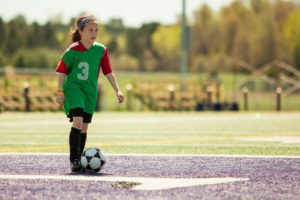 Once young athletes can progress through a controlled cadence of a movement, take off the coaching breaks and let them practice on their own. This could be done during warm ups, circuits, or other drills. Let them control speed and cadence as they learn to incorporate this movement into their athletic repertoire. Provide feedback, but still limit is to a handful of critical cues.
Once young athletes can progress through a controlled cadence of a movement, take off the coaching breaks and let them practice on their own. This could be done during warm ups, circuits, or other drills. Let them control speed and cadence as they learn to incorporate this movement into their athletic repertoire. Provide feedback, but still limit is to a handful of critical cues.
It’s important to remember the role and process of successive approximation. It’s not important that a young athlete learns how to perform a particular movement skill overnight. It is important however, that the continue to improve at least one aspect of a skill every time they train.
6. Play
Once the speed, coordination, and cadence of a movement skill becomes familiar to an athlete, allow them to play with the movement in different orientations and game scenarios. After all, their brain and body have to learn how to apply the movement in the real-life setting of sports.
Add variables to the movement for things like movement speed or pathway. For example, “Shuffle fast, now slow, in a zigzag, etc.” Changing body and limb orientation adds a challenge as well, “Squat with your arms above your head, legs wide, now narrow, etc.” For more movement variable ideas, CLICK HERE to download the free “Ultimate Youth Warm Up Cheat Sheet”.
This not only provides different context for the specific movement, it allows the athlete to “feel” these different orientations. This improves coordination and body awareness, eventually allowing the athletes own neuromuscular system to “fine tune” how they execute the movement.
Once again, provide feedback strategically. Over-coaching frustrates everyone involved.
It’s important to note that the process above becomes even easier when body awareness, directional awareness, and other components of sensory awareness are addressed during warm up.
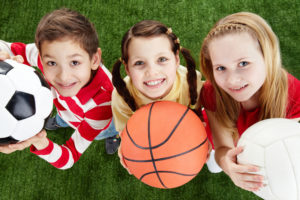
Make sure to address the following prior to attempting to introduce a new skill to K-5th graders
- Are the kids familiar with body part vocabulary? Can they actively identify the parts of the body you are going to be instructing them to move? (Body awareness)
- Are they familiar with actions of the body parts? Do they know what terms like flex, extend, rotate, etc. mean for each joint involved with a movement? (Body awareness)
- Are they able to identify right from left? Can they orient to forward, backward, etc.? (Directional awareness)
- Have you established a focus “anchor” to recapture and focus their attention? Even with the best coaching, children have an extremely limited attention span. Having a “code” word than inspires an action is a quick way to recapture attention.
- For example, when the coach yells “knees!” the kids have to touch both knees in a squat position with eyes on coach.
A critical yet often forgotten aspect of coaching is teaching kids how to be coached!
Whether you’re a sports or strength and conditioning coach, the next time you are introducing a movement skill to young kids, use the steps above to shorten the learning curve. I remember them with the acronym MASCAP. Not exactly marketing gold, but it works.
Let’s work together to create athletes for life!
Brett Klika CEO and co-founder of SPIDERfit is an international award- winning certified strength and conditioning coach, author, and motivational speaker with over 20 years experience motivating and inspiring youngsters to a life of health, fitness, and performance.
Brett consults with schools, athletic organizations, fitness professionals, and fortune 500 companies around the world.

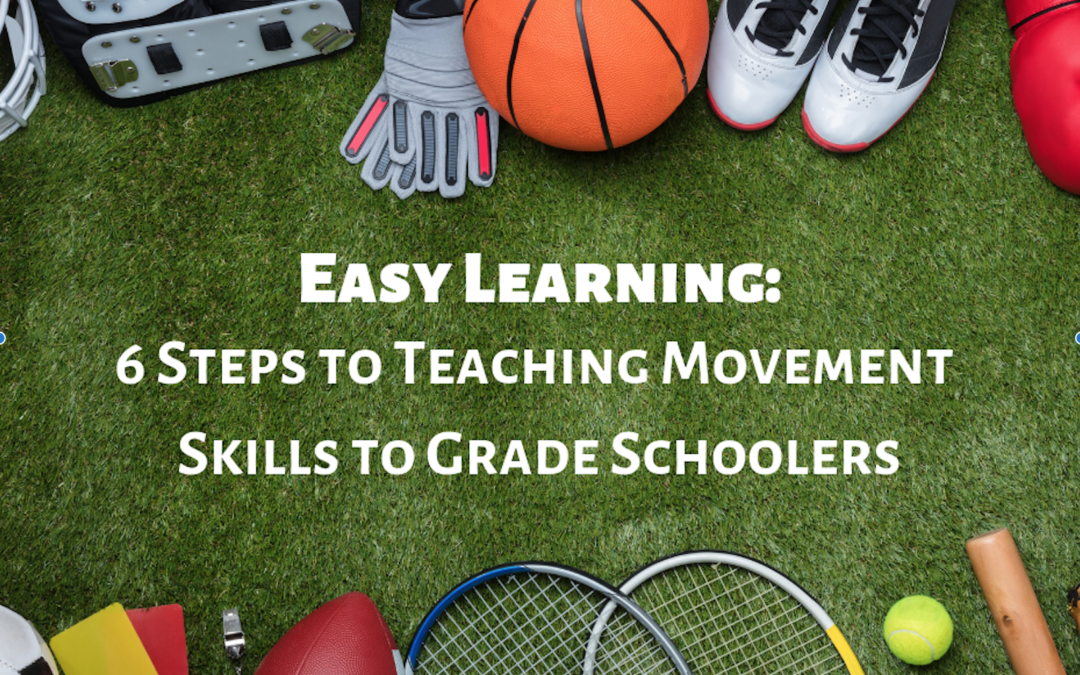



Connect with SPIDERfit!